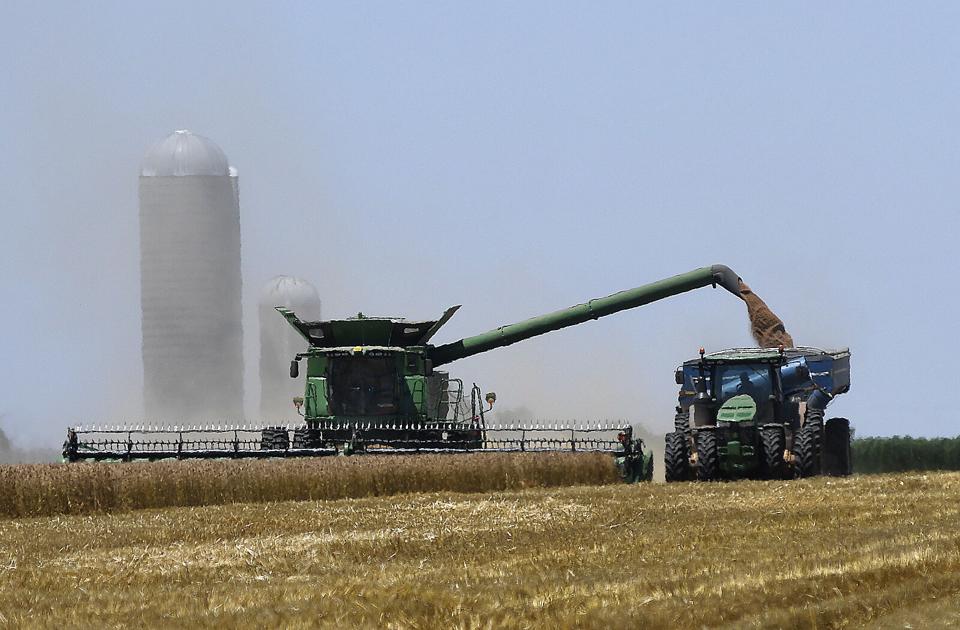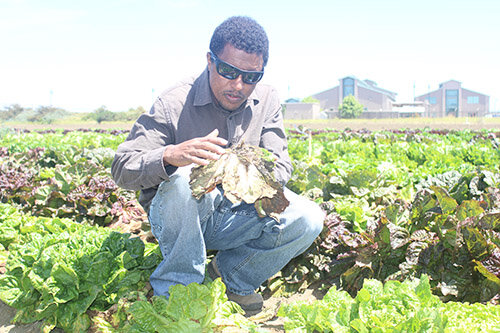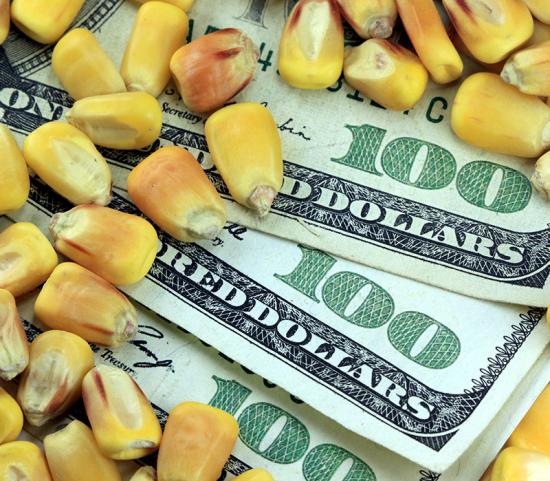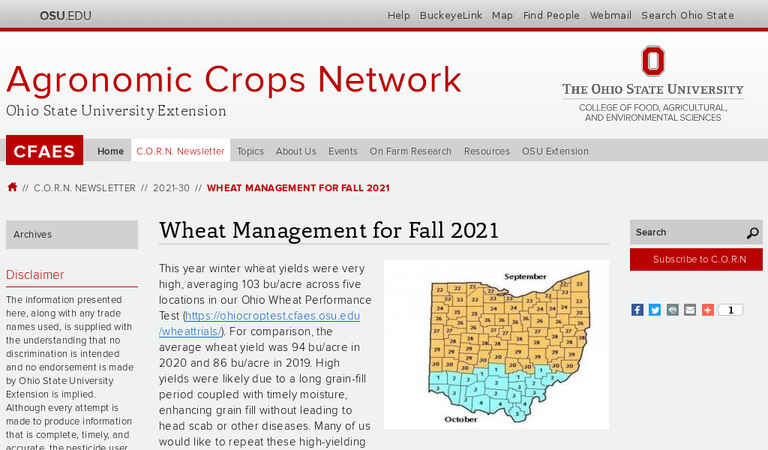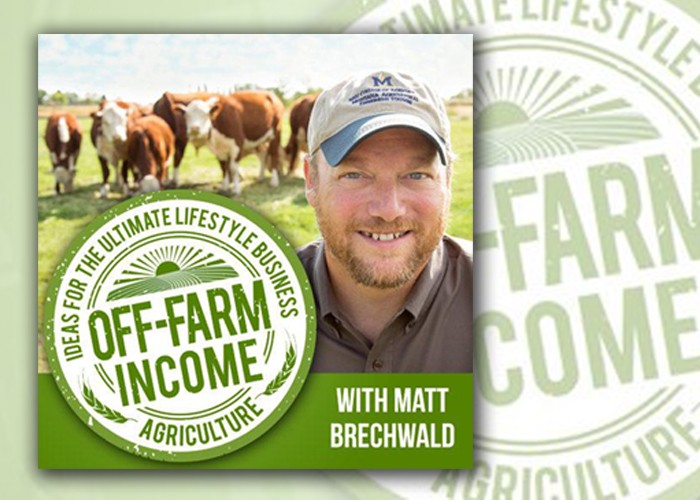-
(0)
-
Bookmark
- Comments (0)
 John LaRose Jr.
John LaRose Jr.
Topics: Wheat, Commodities, Agriculture US, Crop Consultant, Agriculture Global, Economics, Trade (Commodities),
-
(0)
-
Bookmark
- Comments (0)
 John LaRose Jr.
John LaRose Jr.
Topics: Agriculture US, Vegetables, Education U.S. NorthEast, Crop Diseases, Research, USDA,
-
(0)
-
Bookmark
- Comments (0)
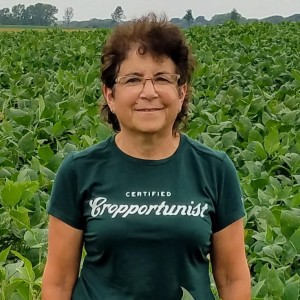 Nancy Kavazanjian
Nancy Kavazanjian
Topics: Agriculture US, Economics, USDA, Climate Change,
-
(0)
-
Bookmark
- Comments (0)
 John LaRose Jr.
John LaRose Jr.
Topics: Agriculture US, Crop Consultant, Sustainability,
-
(0)
-
Bookmark
- Comments (0)
Topics: Agriculture US, Food/Nutrition, USDA, Government / Policies,
Price tag for new nutrition and ag spending nears $100 billion
The total for action in three committees could top $100 billion by the end of Monday, with the money to be spent over several years.
-
(1)
-
Bookmark
- Comments (0)
09/13/2021 SOURCE: www.womansday.com
-
(0)
-
Bookmark
- Comments. (0)
 Randy Krotz
Randy Krotz
Topics: Agriculture US, Organic, Agriculture Global, Food/Nutrition,
Is organic food worth the hype? 8 shocking truths about your fresh produce
Do organic fruits and vegetables really taste different? Here's what I found.
-
(1)
-
Bookmark
- Comments (0)
 John LaRose Jr.
John LaRose Jr.
Topics: Wheat, Soil Health, Agriculture US, Education U.S. MidWest, Weather,
-
(0)
-
Bookmark
- Comments (0)
 John LaRose Jr.
John LaRose Jr.
Topics: Agriculture US, Pesticides, Forestry, Pest Control, Insects, Research, Ag South America,
Palm tree disease in Florida transmitted by traveling bug from Jamaica - Samachar Central
Brian W. Bahder doing fieldwork. Credit: Brian W. Bahder What began as a curious survey of an insect in Florida revealed a much larger network of movement across the Caribbean basin. Haplaxius crudus, commonly known as the American palm cixiid, transmits phytoplasmas (bacteria that cause plant diseases) in palm. The American palm cixiid is known […]
-
(0)
-
Bookmark
- Comments (0)


